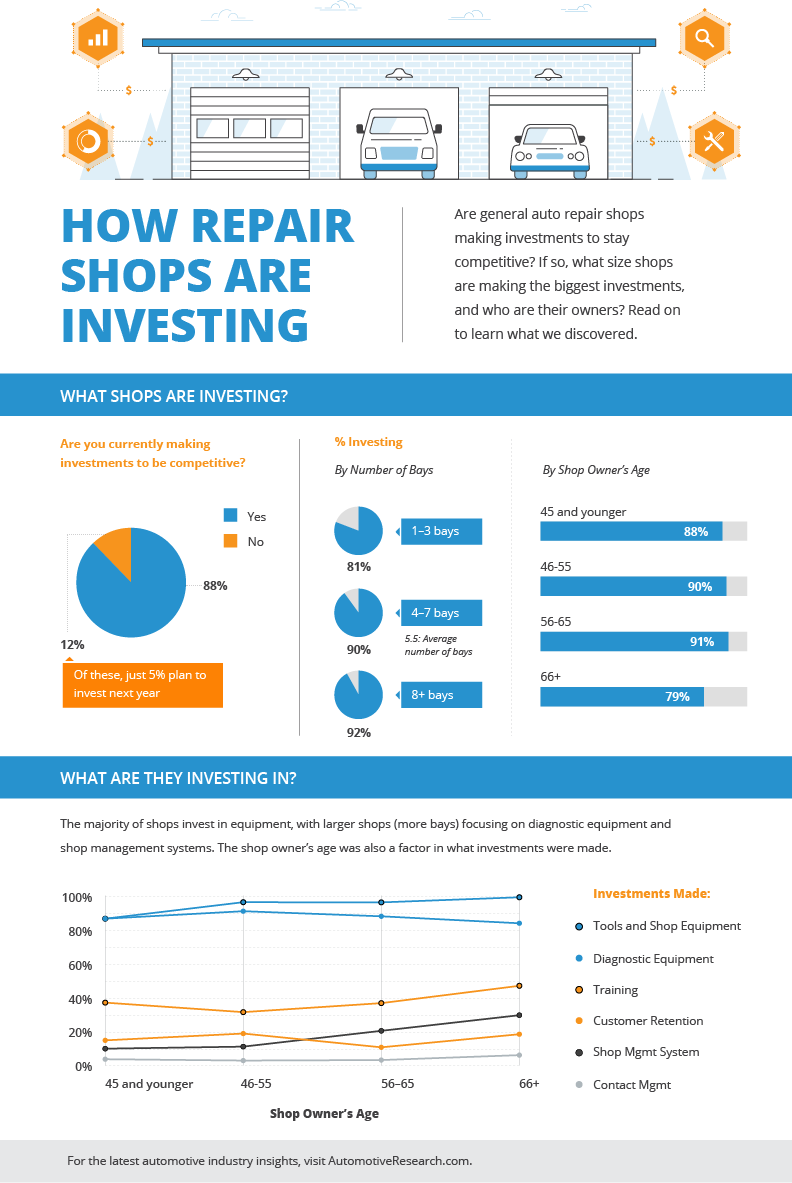When you're behind the wheel, those glowing warning lights on your control panel can be a little bit perplexing. Do you recognize what they're trying to inform you concerning your auto's wellness? Comprehending the significance of these lights is essential for your safety and the longevity of your car. So, the next time one of those lights pops up, would not you wish to understand its message properly and take the needed steps to address it?
Common Caution Lights and Interpretations
Recognize usual caution lights in your auto and understand their definitions to ensure risk-free driving.
One of the most common caution lights consist of the check engine light, which signals issues with the engine or emissions system. If this light begins, it's crucial to have your car inspected without delay.
The oil pressure warning light indicates reduced oil pressure, requiring instant focus to stop engine damages.
A flashing battery light could recommend a damaged charging system, possibly leaving you stranded otherwise resolved.
The tire stress tracking system (TPMS) light signals you to reduced tire stress, impacting automobile stability and gas performance. Disregarding this could result in hazardous driving problems.
The ABS light indicates an issue with the anti-lock stopping system, compromising your ability to stop rapidly in emergencies.
Lastly, the coolant temperature advising light warns of engine getting too hot, which can result in extreme damage otherwise fixed quickly.
Understanding detailing car interior will assist you resolve issues without delay and maintain secure driving conditions.
Significance of Prompt Attention
Understanding the typical warning lights in your car is only the primary step; the significance of promptly attending to these cautions can't be highlighted enough to ensure your safety on the road.
When a warning light brightens on your control panel, it's your vehicle's way of interacting a possible concern that needs focus. Overlooking these warnings can bring about more extreme troubles later on, jeopardizing your security and possibly costing you more out of commission.
Motivate focus to alerting lights can prevent malfunctions and mishaps. As an example, a flashing check engine light might show a misfire that, if left unattended, might create damages to the catalytic converter. Addressing this promptly can conserve you from a costly repair.
In a similar way, a brake system advising light could signify reduced brake liquid or worn brake pads, important elements for your safety when driving.
Do It Yourself Troubleshooting Tips
If you notice a caution light on your dashboard, there are a few DIY fixing pointers you can attempt prior to seeking expert assistance.
The initial step is to consult your vehicle's manual to comprehend what the certain caution light suggests. Often the issue can be as basic as a loosened gas cap triggering the check engine light. Tightening the gas cap may settle the issue.
Another usual problem is a low battery, which can set off different advising lights. Examining the battery connections for rust and guaranteeing they're safe might deal with the trouble.
If a caution light persists, you can try resetting it by detaching the car's battery for a couple of minutes and then reconnecting it. Additionally, inspecting your car's liquid levels, such as oil, coolant, and brake liquid, can help repair advising lights connected to these systems.
Verdict
Finally, comprehending your car's caution lights is essential for keeping your car running efficiently and securely. By promptly attending to these informs and knowing what they imply, you can avoid costly repair services and possible failures.
Keep in mind to consult your auto's manual for certain details on each warning light and do something about it as necessary to ensure a trouble-free driving experience.
Stay educated, stay secure when traveling!
